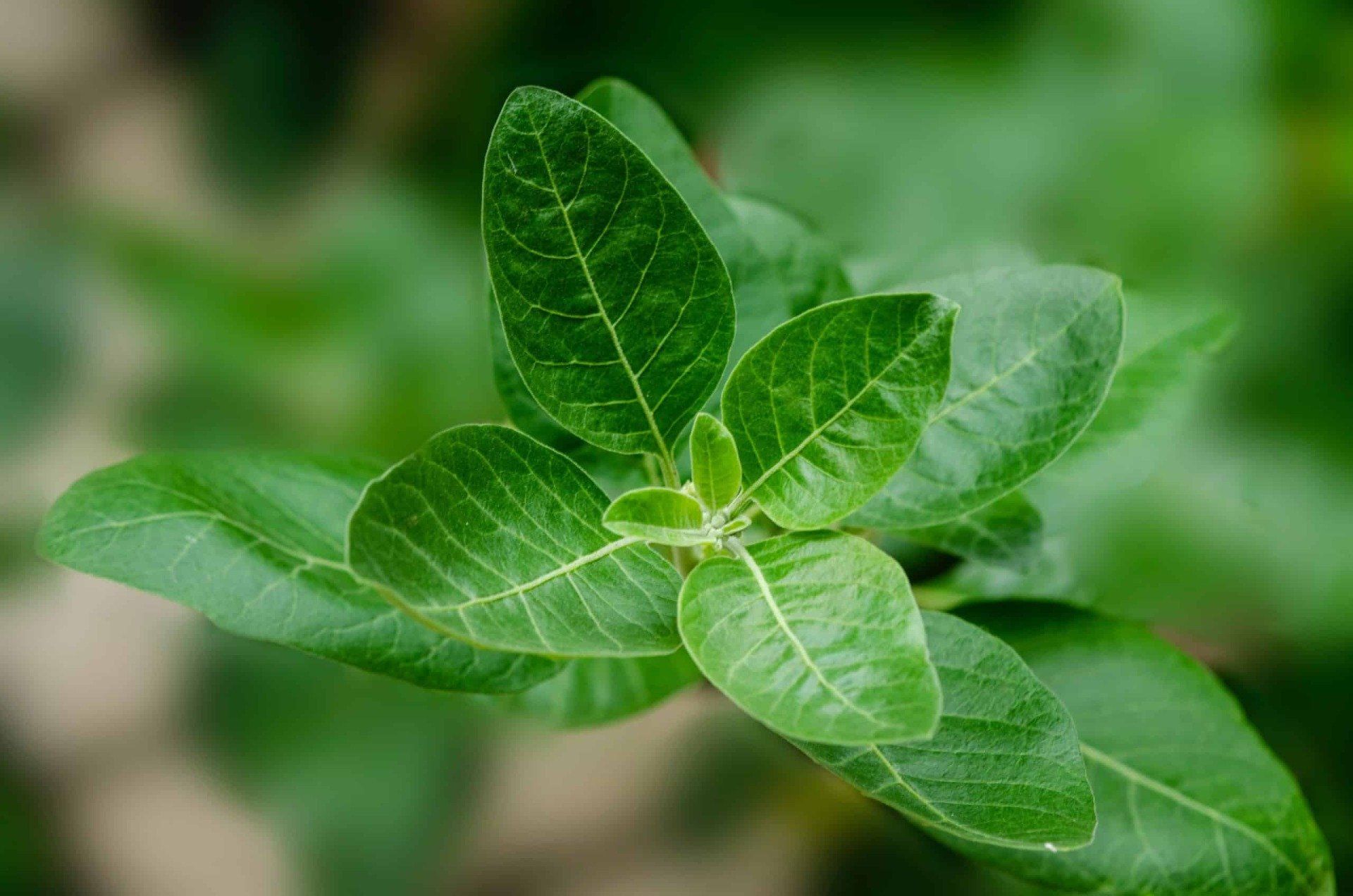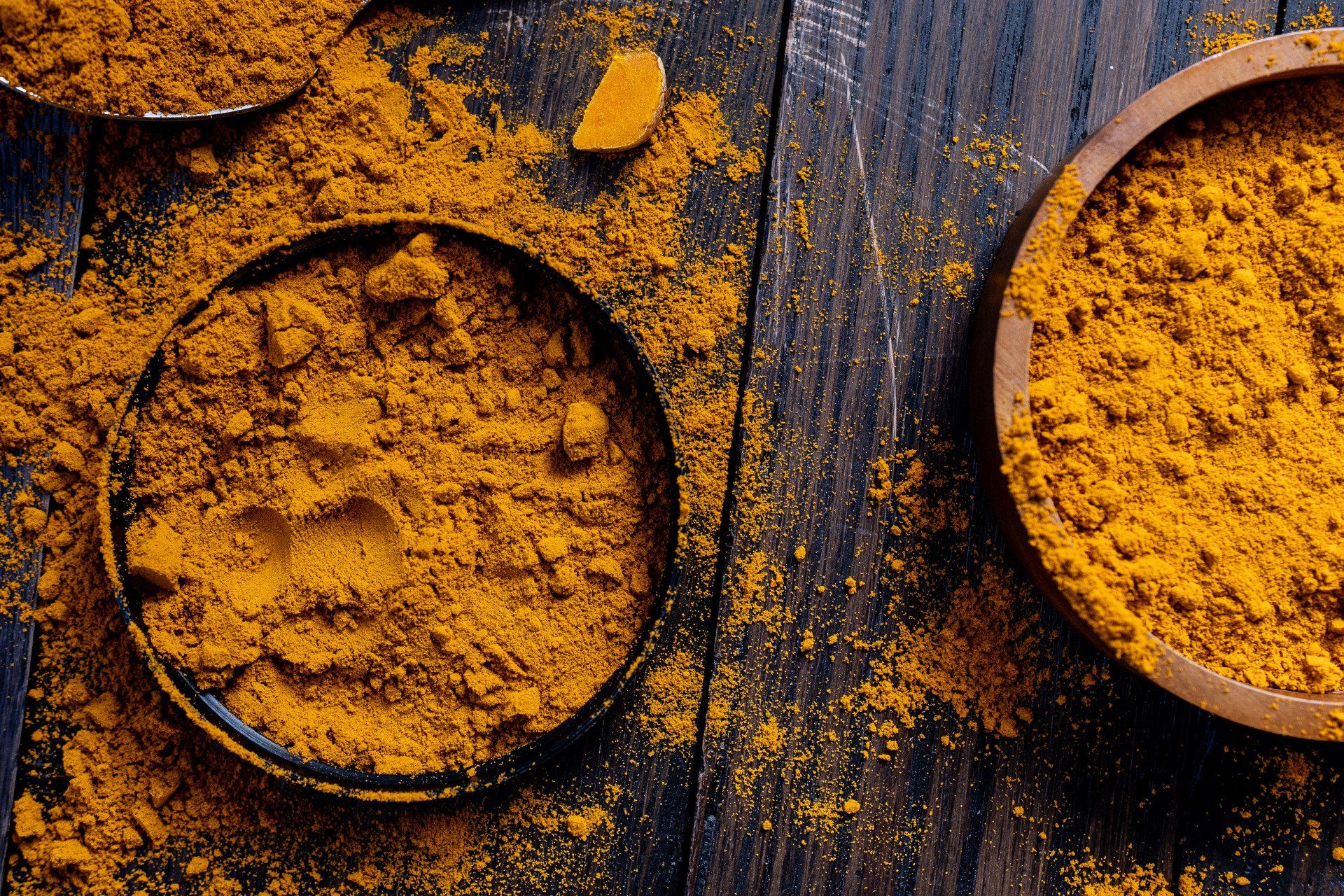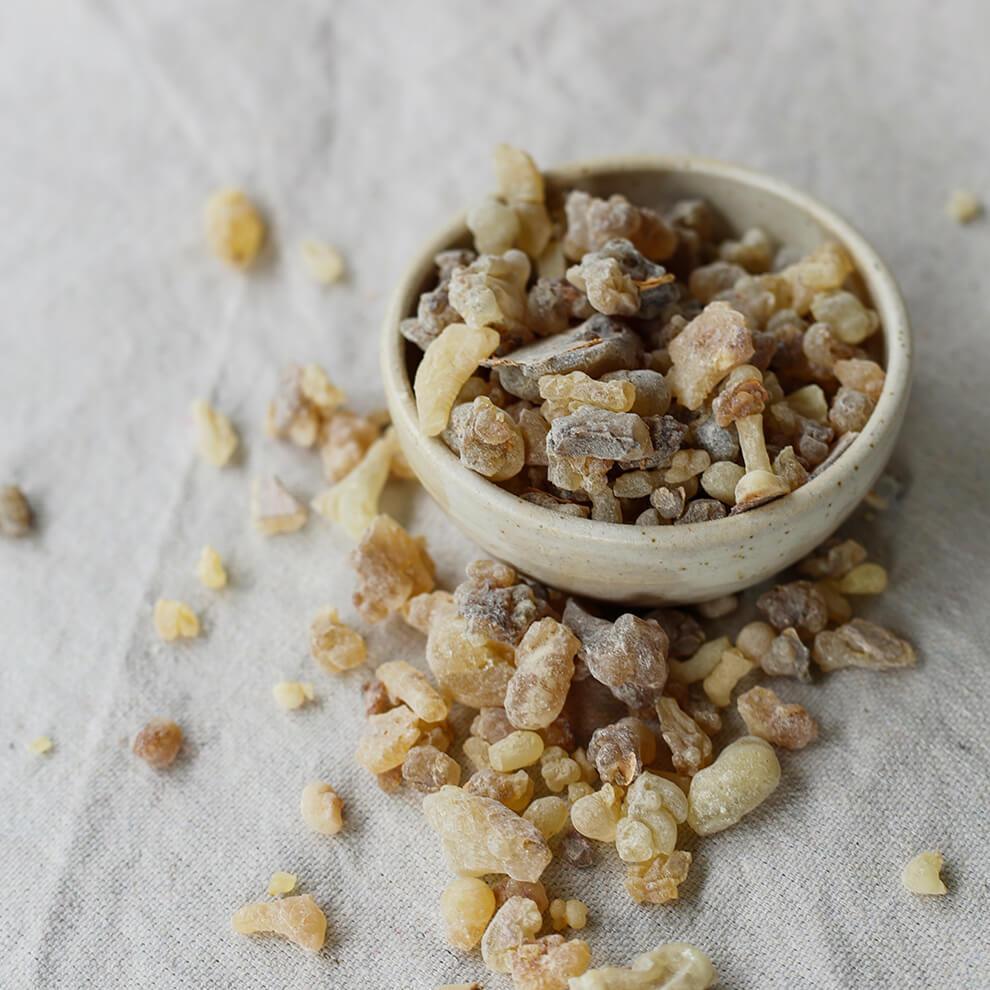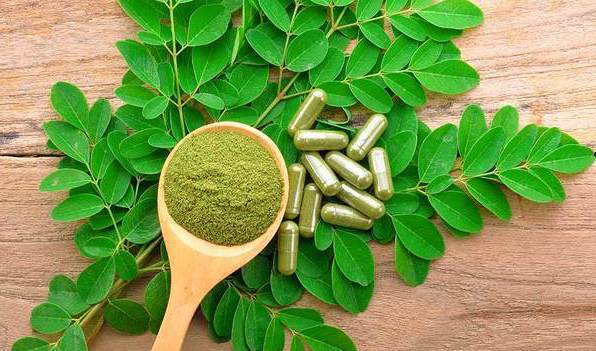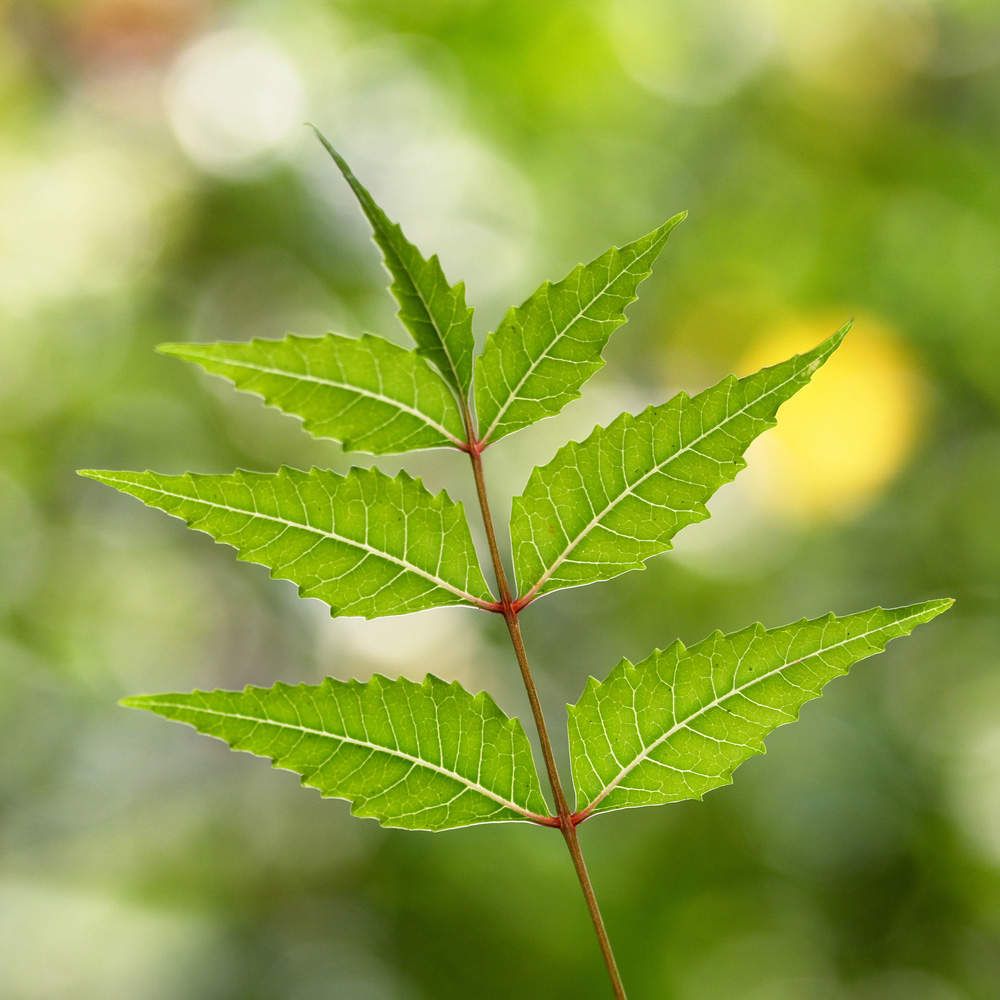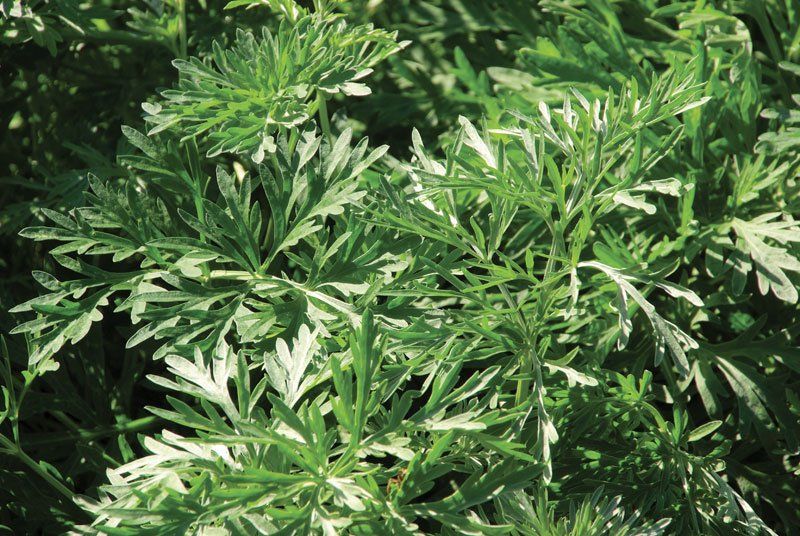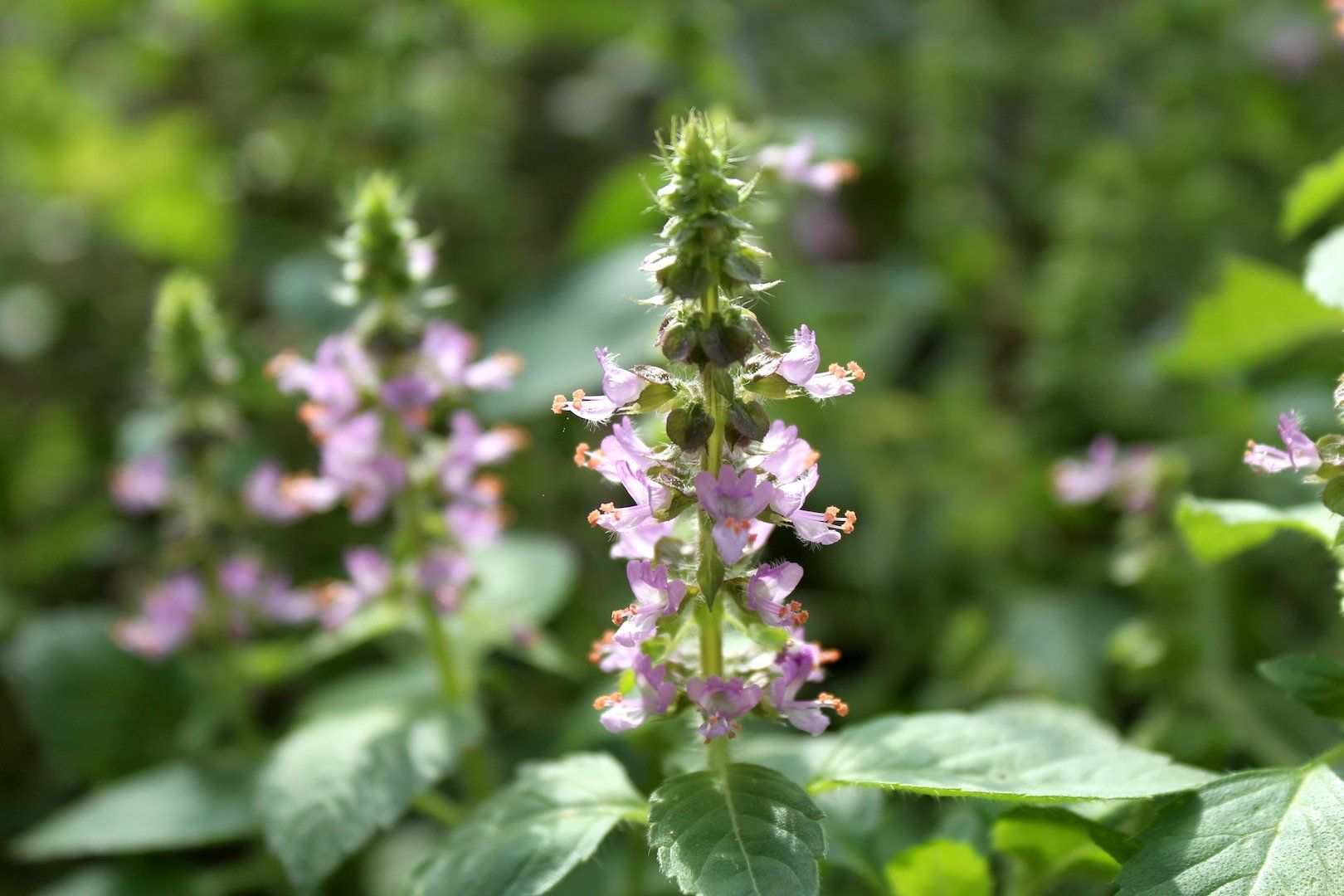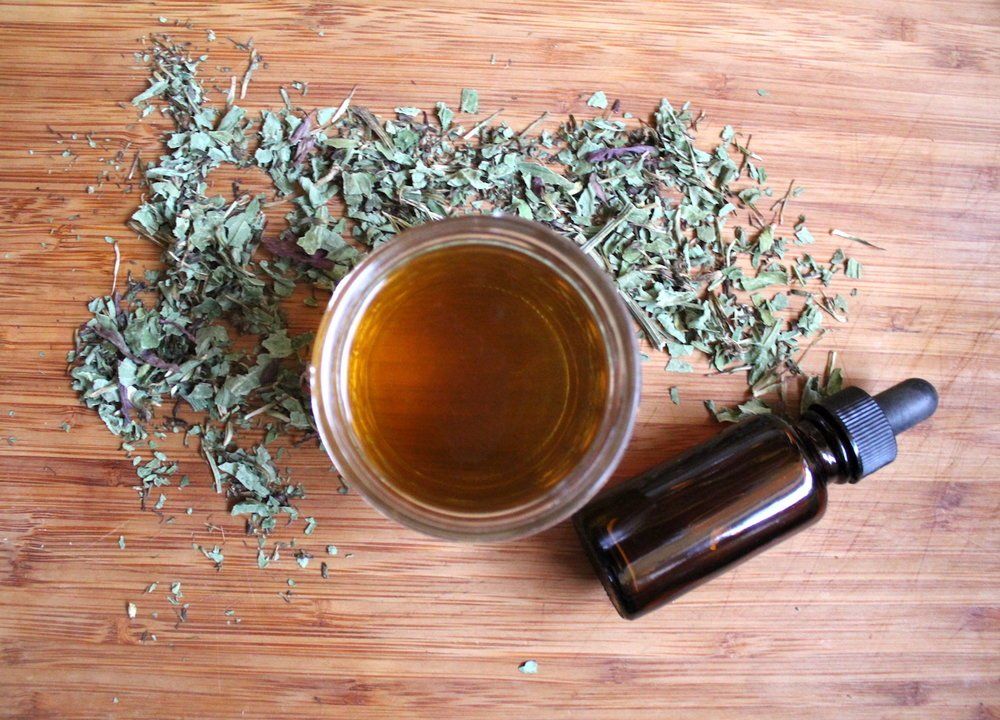Frankincense
Frankincense
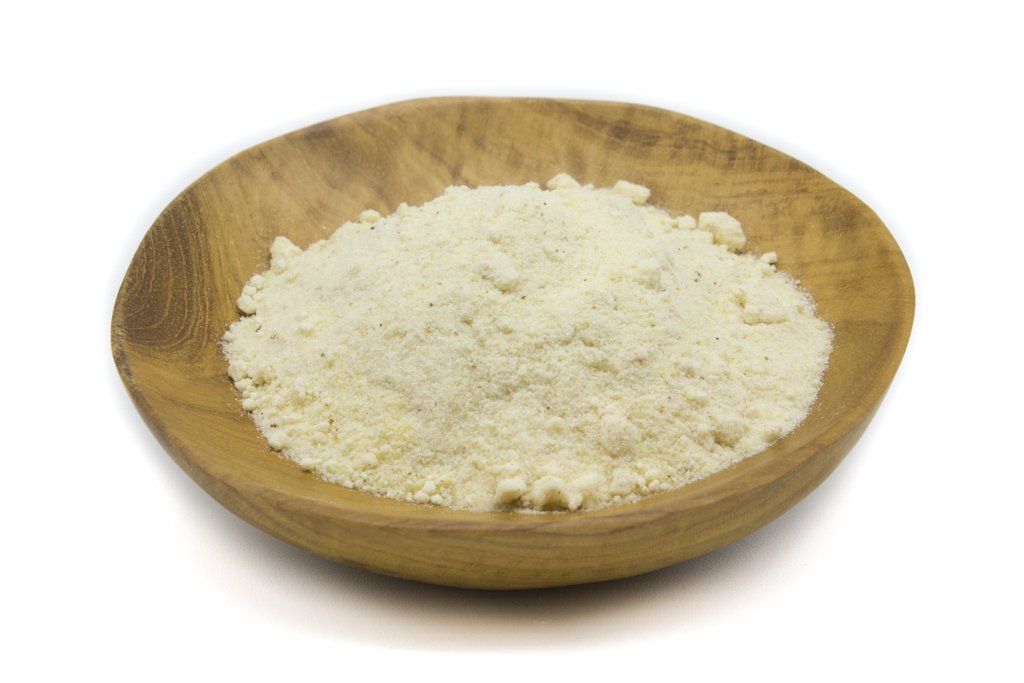
Overview
Boswellia sacra commonly known as frankincense or olibanum-tree are a tree in the Burseraceae family. It is the primary tree in the genus Boswellia from which frankincense, a resinous dried sap, is harvested. The plant is native to the Arabian Peninsula (Oman, Yemen), and northeastern Africa (Somalia). It typically grows in the dry, mountainous regions of India, Africa and the Middle East. Some of the popular common names of the plant are Bible frankincense, Frankincense, Incense, Frankincense tree, Olibanum tree and Omani frankincense. The word ‘frankincense’ comes from the French term for ‘pure incense’. The trees produce high quality resin for just three years and then need time to rest.
Health Benefits of Frankincense
Frankincense consists of volatile oil and other chemical components. These active chemical compounds provide some health benefits to human health that has been proven or not yet proven. Frankincense is also known as amazing gift of God that known as mastermind oil. Below are the best proven health benefits of Frankincense.
1. Reduce Arthritis
Frankincense has anti-inflammatory effects that may help reduce joint inflammation caused by osteoarthritis and rheumatoid arthritis. Researchers believe that frankincense helps to prevent the release of leukotrienes, which are compounds that can cause inflammation. Terpenes and boswellic acids appear to be the strongest anti-inflammatory compounds in frankincense. In humans, frankincense extracts may help reduce symptoms of osteoarthritis and rheumatoid arthritis. In one recent review, frankincense was reliably more effective than a placebo at reducing pain and improving mobility.
2. Fight Certain Cancers
Frankincense may also help fight certain cancers. The boswellic acids it contains might prevent cancer cells from spreading and may also prevent the formation of DNA in cancerous cells, which could help limit cancer growth. Moreover, some test-tube research shows that frankincense oil may be able to distinguish cancer cells from normal ones, killing only the cancerous ones.
Test-tube studies recommend that frankincense may fight breast, prostate, pancreatic, skin and colon cancer cells. Research indicates that it may also help reduce side effects of cancer. When people getting treated for brain tumors took 4.2 grams of frankincense or a placebo each day, 60% of the frankincense group experienced reduced brain edema an accumulation of fluid in the brain.
3. Improve Gut Function
Frankincense’s anti-inflammatory properties may also help your gut function properly. This resin appears particularly effective at reducing symptoms of Crohn’s disease and ulcerative colitis, two inflammatory gut diseases. Frankincense extract was as effective as the pharmaceutical drug mesalazine at reducing symptoms in people with Crohn’s disease.
4. Improves Asthma
Traditional medicine has used frankincense to treat bronchitis and asthma for centuries. Research suggests that its compounds may prevent the production of leukotrienes, which cause your bronchial muscles to constrict in asthma. Likewise, a daily frankincense dose of 1.4 mg per pound of body weight (3 mg per kg) improved lung capacity and helped reduce asthma attacks in people with chronic asthma.
5. Maintains Oral Health
Frankincense may help prevent bad breath, toothaches, cavities and mouth sores. The boswellic acids it provides appear to have strong antibacterial properties, which may help prevent and treat oral infections. In one research, frankincense extract was effective against Aggregatibacter actinomycetemcomitans, bacteria which causes aggressive gum disease.
6. Good Surface Cleaner
Since frankincense acts as an antiseptic, the oil can kill bacteria on other surfaces. Outside of human health, the benefits of frankincense also include home remedy solutions. People have actually used the oil for cleaning their house. Homeowners have treated the substance as a cleaner for the kitchen countertop and toilet seat. Oil, however, isn’t exactly cheap, so this would be a viable although expensive method of good housekeeping.
7. Promotes Supple Skin
Frankincense helps to kills dermal bacteria. It also promotes skin elasticity, thus creating smooth skin complexion and minimizing wrinkles and stretch marks. If you are planning to take frankincense for healthy skin, then we recommend it in combination with a collagen supplement or bone broth diet. You can also use frankincense oil by placing a few drops in your lotion. You can do the same with shampoo for promoting vibrant hair. Recently, people are also turning to frankincense oil for treating acne and severe pimple breakouts.
8. Reduces Estrogen
Frankincense may also act as a hormone balancer. The oil helps reduce symptoms associated with menopause. More specifically, research show that it reduces salivary estrogen levels in peri-menopausal women. Though the study related to women, men should take notice as well. After all, estrogen production in males has been linked to testosterone decline and weight gain. Another study actually showed that frankincense oil increases testosterone production and sperm motility in male rats.
9. Promotes Sleep
A stressed body cannot unwind for the day and hit the sack. Inflammation also causes pain and great discomfort, thus making it increasingly difficult to drift off to dreamland. Natural Medicine Journal revealed that frankincense and a number of other natural essential oils have great anti-inflammatory effects. This is important because previous studies have found links between inflammation and sleep loss.
10. Mood Elevator
Frankincense has been used in religious ceremonies and as anointing oil for thousands of years, mainly in the Middle East. It has spiritual roots, and when inhaled as a vapor in aromatherapy is supposed to have stress-relieving properties. It is also supposed to be a natural sedative, helping to induce a feeling of relaxation and reduce symptoms of anxiety and stress.
11. Lower Blood Pressure
Frankincense has nonacid part that belongs to the gum and it has reliever and sedative function and in high dose can lower the blood pressure mainly in treatment of hypertension patient. High blood pressure is one of the leading causes of heart disease that known as number one killer in the world.
12. Prevent Diabetes
Boswellic gum or frankincense has been used for the treatment of diabetes since it has anti-hyperglycemic effect that can maintain normal blood sugar level within the blood according to study that reported by Adrian in 1998.
13. Prevent Cardiovascular Disease
By lowering the blood pressure and maintain healthy blood vessel, frankincense has been proven to reduce the risk of heart disease by almost 20%. It is really good news to people who loves to use this frankincense oil as natural remedy for their health problem.
14. Treat Hepatitis C
Research conducted in Egypt showed that HCV infected patient who took frankincense daily supplement treatment for 18 months has noteworthy improvement of reducing this disease. Frankincense is also effective to prevent the hepatitis virus infection to the body.
15. Delay Aging on Skin
Some anti-aging product include frankincense as their ingredients since it has been proven can promotes collagen production and rejuvenating new skin cell that may aids in young and firm skin.
Traditional Uses and Benefits
- Resin may benefit asthma and arthritis, as well as gut and oral health.
- It may even have cancer-fighting properties.
- It is known as a traditional medicine of the east and is used for pain, inflammation, arthritis, asthma, cancer and memory.
- Powdered bark was made up into an astringent paste which was used as a soothing ointment as a remedy for swelling (edema).
- As a treatment for mastitis the dried or fresh gum was boiled in milk from the patient, to form a thick paste which was applied to the affected part.
- Bark was brewed into a stimulating and cleansing tea, while the white inner root of young plants was chewed to treat stomach problems.
- Singed, powdered bark was commonly stored as a first aid remedy for wounds.
- Mixed with water it was applied as a ‘ready to use’ dressing for wounds and burns, though if available, the fresh bark was also used for this purpose- particularly as an antiseptic wash to clean dirty or infected wounds.
- Resin’s antiseptic properties have been utilized as in ingredient for eye-washes to treat various ophthalmic diseases.
- Soot of the resin is thought to be beneficial for the eyes and sore or tired eyes are fumigated with the smoke in Ethiopia.
- Bark also found application in the setting of broken bones.
- Resin was chewed to stimulate the gums and treat dental infections and sore gums and to generally strengthen the teeth.
- Buds and fruit provided a cleansing tonic for the digestive system.
- Brewed into a decoction with Cinnamon and Cardamom the resin was used to treat stomach aches.
- Burnt as incense it was not only thought to keep off the demons of disease and reduce pain, but it was also thought to act as an expectorant and was used to clear phlegm from the head and chest in cases of colds, flu and conditions of the upper respiratory tract.
- Frankincense was thought to improve memory and dispel lethargy.
- Smoke of the smoldering resin was used to treat severe and persistent headaches.
- Bark was made into an ointment to treat severe muscle pain, but only in India was the oleoresin noted as a remedy for rheumatism in Dhofar.
- Bark’s astringent properties have been incorporated in ointments to treat skin sores and chapped skin.
- Emperor Nero utilized pomade made from the gum mixed with wax to disguise the tell-tale bags beneath his eyes that appeared after a night of debauchery.
- Bark was chewed for morning sickness and a potion made from the resin dissolved in wine with snakeskin was thought to ease difficult labor.
- It is used to treat a variety of complaints including bronchial and urinary infections in western herbalism, menstrual problems, skin complaints and mouthwash in China and as a rejuvenating tonic in Ayurveda.
- It is used in aromatherapy for relieving anxiety.
Other Facts
- The trees start producing resin when they are about 8 to 10 years old.
- Aromatic resin is used in incense and perfumes; it produces a sweet, earthy, and woody aroma.
- In the Indian Ayurvedic traditional system of medicine, it is known as Salai guggal.
- It is also commonly used in religious and cultural ceremonies.
- Frankincense is used as incense in Christian burial services.
- There are many interpretations of the function of frankincense at funerals including reducing the smell of death, protection against infection or symbolizing resurrection.
- Smoke is also a powerful insect deterrent and thus served as a prophylactic to prevent the bites of malaria carrying mosquitoes.
- During and after birth frankincense was burnt for 40 days in order to protect mother and child.
- Since ancient times the clean, fresh, balsamic fragrance of Frankincense has been utilized to as perfume.
- Clothes were sterilized, not only to give them a pleasant smell, but also to cleanse them.
- In Dhofar not only clothes were perfumed, but other articles such as water jugs were also cleansed with smoke to kill bacteria and energetically purify the vessel of life-giving water, just as smudging is practiced today as a method of cleansing ritual objects and purifying the aura of participants as vessels of the divine spirit.
- Frankincense essential oil is used as a fixative and precious oil not only in the perfume industry, but also lends its scent to soaps, detergents and numerous cosmetic articles.
- Adhesive qualities of the gum have been used to seal minor crack and repair pottery and other utensils, as the gum hardens upon drying.
- Combined with other substances it has also been used to caulk ships.
- Frankincense and Myrrh were among of the most essential ingredients of the sacred embalming lotions with which the mummies were prepared in ancient Egypt.
Precautions
- Frankincense may increase the risk of miscarriage in pregnancy, so pregnant women may want to avoid it
- People with weak stomach should avoid taking this herb as it may cause vomiting and nausea.
- The most common side effects reported in scientific studies were nausea and acid reflux.
- Frankincense may also interact with some medications, particularly anti-inflammatory drugs, blood thinners and cholesterol-lowering pills.
Sources of Information: Wikipedia, everydayhealth.com & webmd.com
Share this information on...
